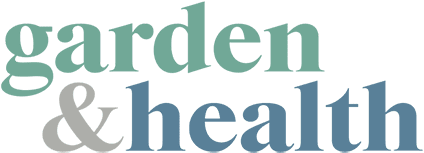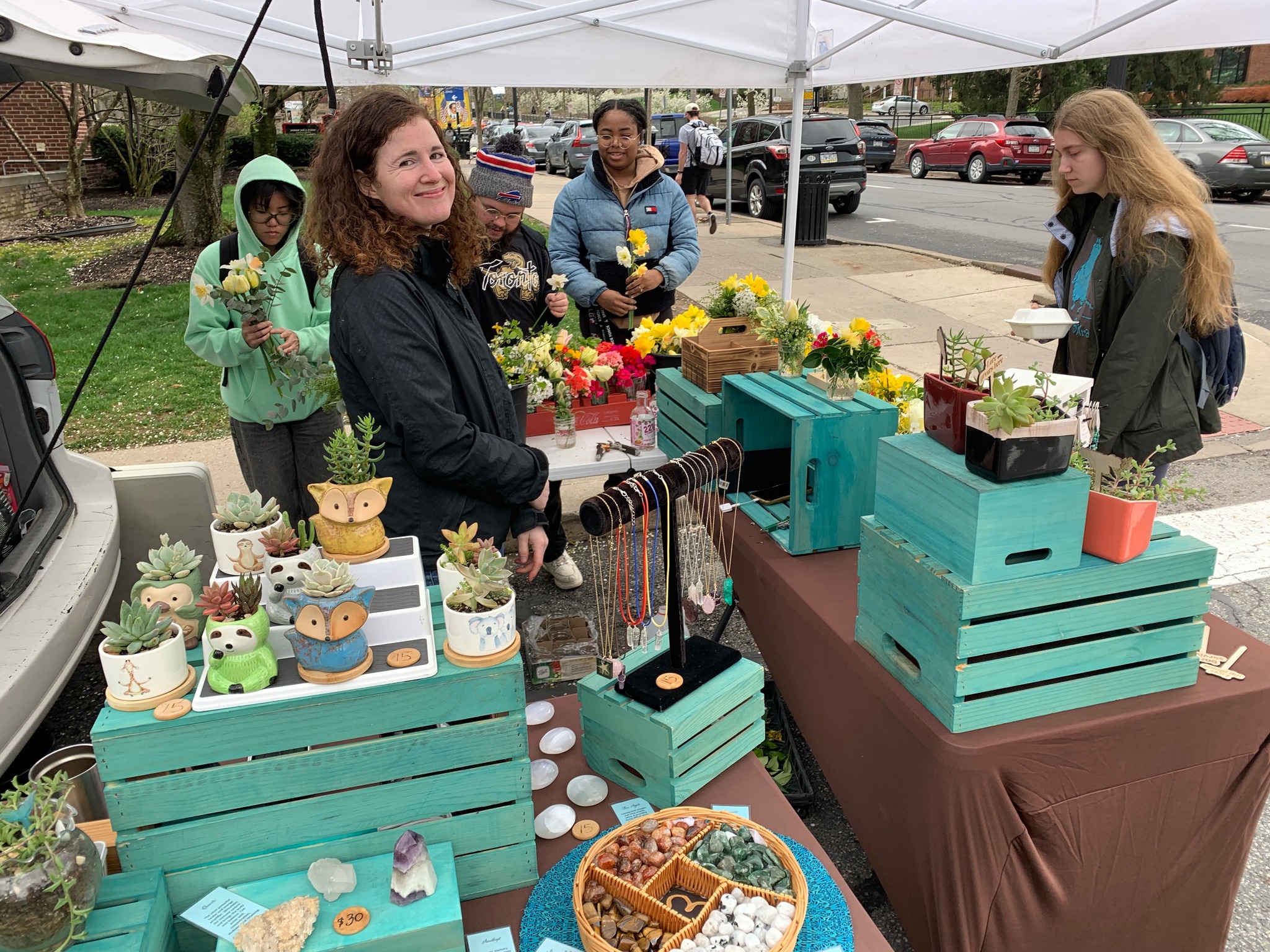Contributing to communities is a time-honored tradition at Pennsylvania’s farmers markets, some of which have been around since 1932. Whether participating in senior and infant nutrition programs or selling “producer-only” items, the Keystone State’s operations evoke a neighbor-helping-neighbor atmosphere.
Downtown State College Farmers Market
There is something very all-American about the Downtown State College Farmers Market (DSCFM). Maybe it is because this central Pennsylvania market was founded in 1976, our nation’s bicentennial. Perhaps it is because it is smack dab in the middle of one of the United State’s most famous state towns, State College, Pennsylvania — the home of Penn State University. In fact, DSCFM is on Locust Lane, right off the city’s main street, College Avenue.
Another special quality is the spirit behind DSCFM, which operates on Fridays from 11:30 a.m. to 5:30 p.m. from May through the end of November. The market says its mission is to “create an environment from which farmers and Centre County residents can mutually benefit.”
Every vendor must personally produce all of the items they sell. This “Producer Only” approach was a new concept when the market began in 1976.
Several current vendors are certified organic growers, while others simply use organic methods.
However, all vendors use “Good Agricultural Practices” (GAP) developed by the U.S. Department of Agriculture. Furthermore, the operation’s website lists DSCFM’s vendors and what they sell.
Photo Courtesy Downtown State College Farmers Market
Co-Op Farmers Market
The Co-Op Farmer’s Market in Scranton, Pennsylvania, was nearly 40 years old when the DSCFM came into being. Its history stretches back to 1939 when a group of farmers left the overcrowded Mifflin Avenue Curb Market in Scranton to start their own operation. The market, having flourished over the decades, is now open on Mondays, Wednesdays, and Fridays at 900 Barring Ave. from noon to 6 p.m. starting mid-July and going into late November.
The operation holds more than 40 vendor stalls, which are packed with hundreds of seasonal, fresh-picked fruits and vegetables, along with jams, jellies, and fresh-cut and potted flowers.
Market-goers can get a sense of what the vendors might offer by checking out the Co-Op’s online “Shop By Season” guide.
The marketplace also demonstrates support for its northeastern Pennsylvania community in other ways. A cookbook filled with recipes from market members, vendors, and customers was published to celebrate its 75th anniversary. It also participates in the Pennsylvania Senior Farmers Markets Nutrition Program and the Special Supplemental Nutrition Program for Women, Infants, and Children (WIC).

Photo Courtesy Co-op Farmers Market
The market attributes its success to only presenting products that are “home-grown & fresh-picked” by its farmers. The Co-Op’s website says it’s the only open-air seasonal market of its kind in Northern Pennsylvania that is solely owned and operated by its farmers. The Co-Op’s membership also features many second and third-generation farmers, including some who were part of that original group of founding members.
Green Dragon Farmers Market & Auction
Among Pennsylvania’s best-known farmers markets is the Green Dragon Farmers Market & Auction in Ephrata, just northeast of Lancaster, Pennsylvania. Situated on a spacious 60-acre lot (955 North State St.), the Green Dragon not only is one of the largest operations in America, but it also has made USA Today’s 10 Best Farmers Markets list twice in the past few years, including ranking No. 2 in 2021.
Photo Courtesy Green Dragon Farmer’s Market & Auction
What makes the Green Dragon so notable? The market, which debuted in 1932, populates seven buildings — as well as outdoor spaces — with up to 400 vendors, including Amish farmers and flea market merchants.
If that isn’t enough, this year-round Friday operation also presents three weekly auctions. In the morning, there is the Hay & Straw auction, with the Household Goods auction at noon and the Small Farm Animal around 6:30 p.m. Operation hours are 8 a.m. to 8 p.m., which you will probably need all that time to check out everything the Green Dragon has to offer. While a vast operation, it is still rooted in family. Indeed, the magic has been run by the Rohrbach family since 1961.
And why is the market named “The Green Dragon”? The story goes that before Noah Burkholder launched it in 1932, there was a restaurant on the site called the Green Dragon — apparently named after an Atlantic City restaurant — and Burkholder stuck with the name. Sometimes, inspiration is as simple as that.





